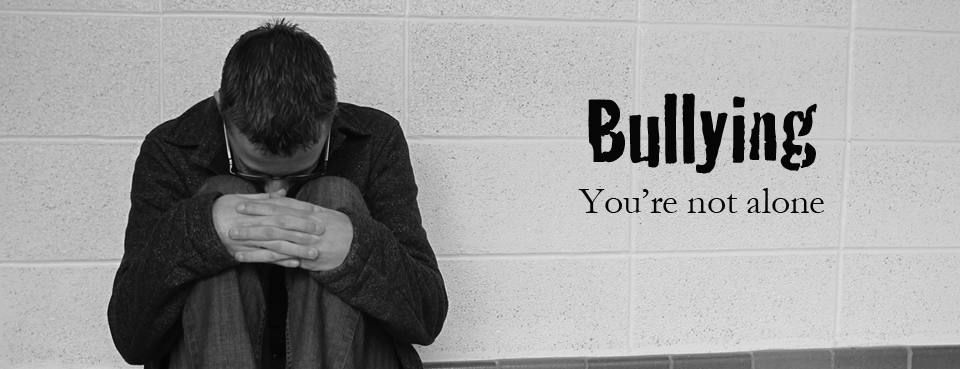Bullying Statistics
Although bullying happens everyday around the world, many people are still unaware of the effects it has on the victims, and how often it is happening.
According to The Incident-based Uniform Crime Reporting Survey done by Statistics Canada, the rate of violence victimization is highest amoung kids aged 15-17. The data was collected from 155 police services in 2008, which represents approximately 98% of the Canadian population. The chart below represents the number of incidents of violence victimization that was reported.
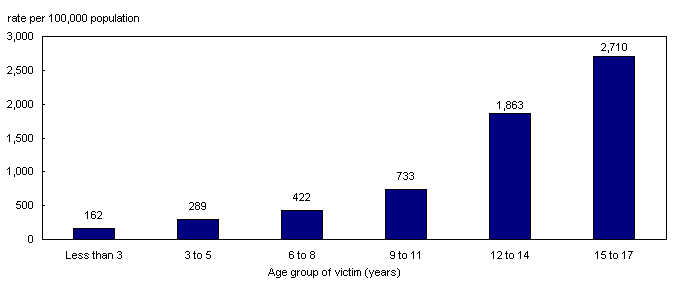
During the same survey, it was noticed that cases of violence victimizations amoung children under 18 years of age, was highest in Saskatchewan, and lowest in Prince Edward Island.
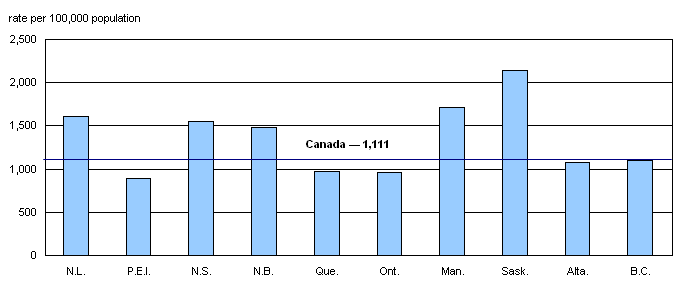
Another trend exposed by the Incident-based Uniform Crime Reporting Survey, is that children experience more violence as they get older, with the amount of incidences peaking at the age of 17 for both females and males.
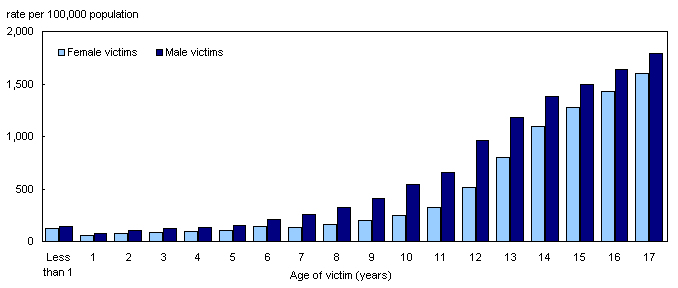
A survey done by the Public Health Agency of Canada from 2002-2008 reveals information about bullying regarding the victims and bullies academic achievements.
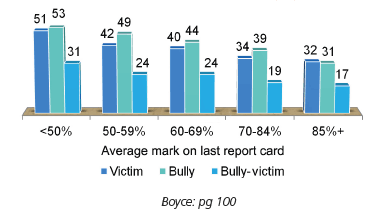
The Canadian Safe School's website breaks down bullying into five groups.
1) Name-calling or Teasing
2) Exclusion
3) Physical
4) Threatening
5) Cyber-Bullying
In classrooms all across the world, name-calling and teasing is arguably the most common form of bullying, and can cause serious long-term emotional damage. Being excluded from a group of friends, or being alienated by classmates can leave children feeling lost, and unwanted. With the growth of the internet and social media networks such as FaceBook and Twitter, children are not only feeling the effects of bullying on the playground, but at home as well.
